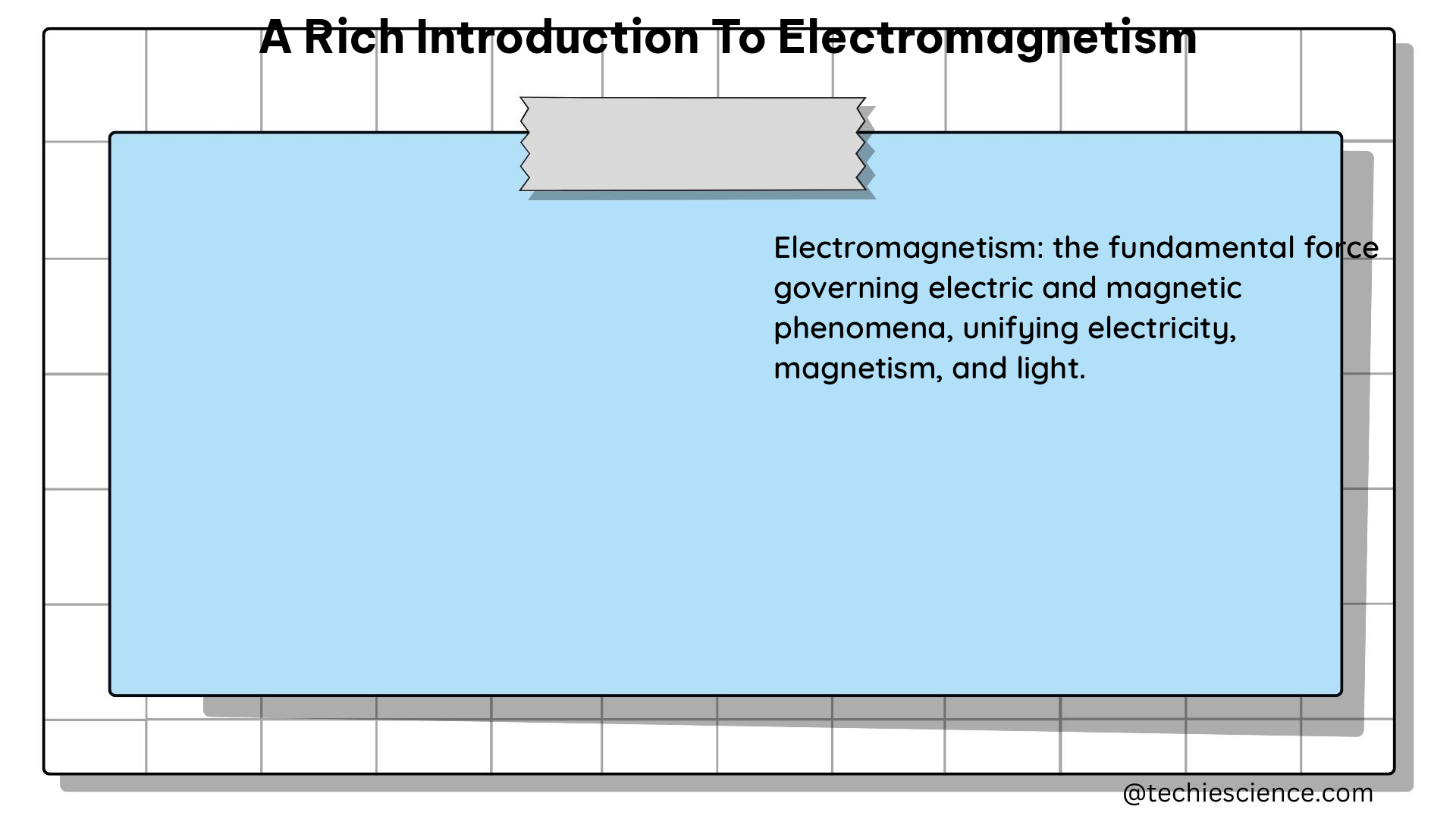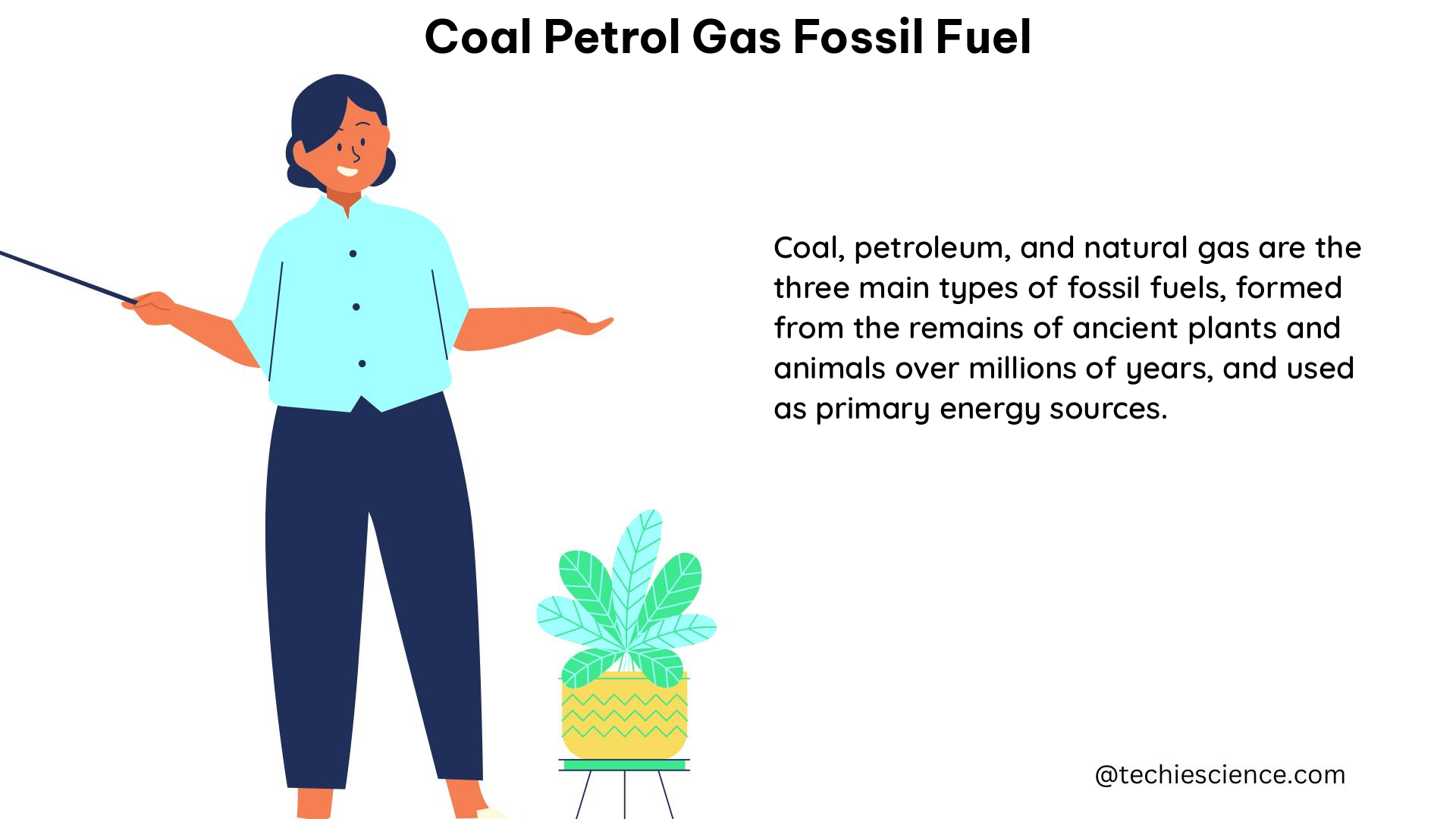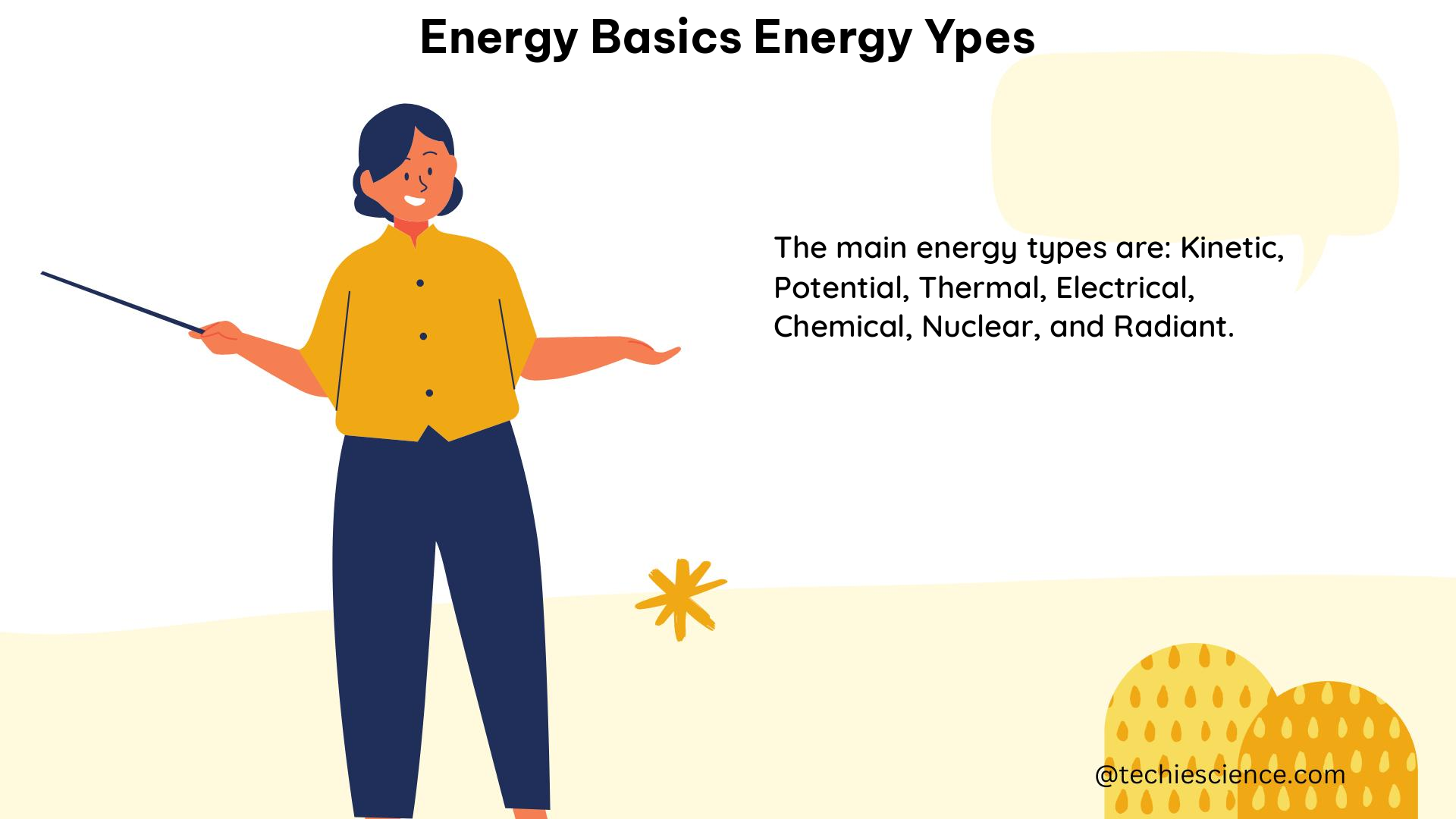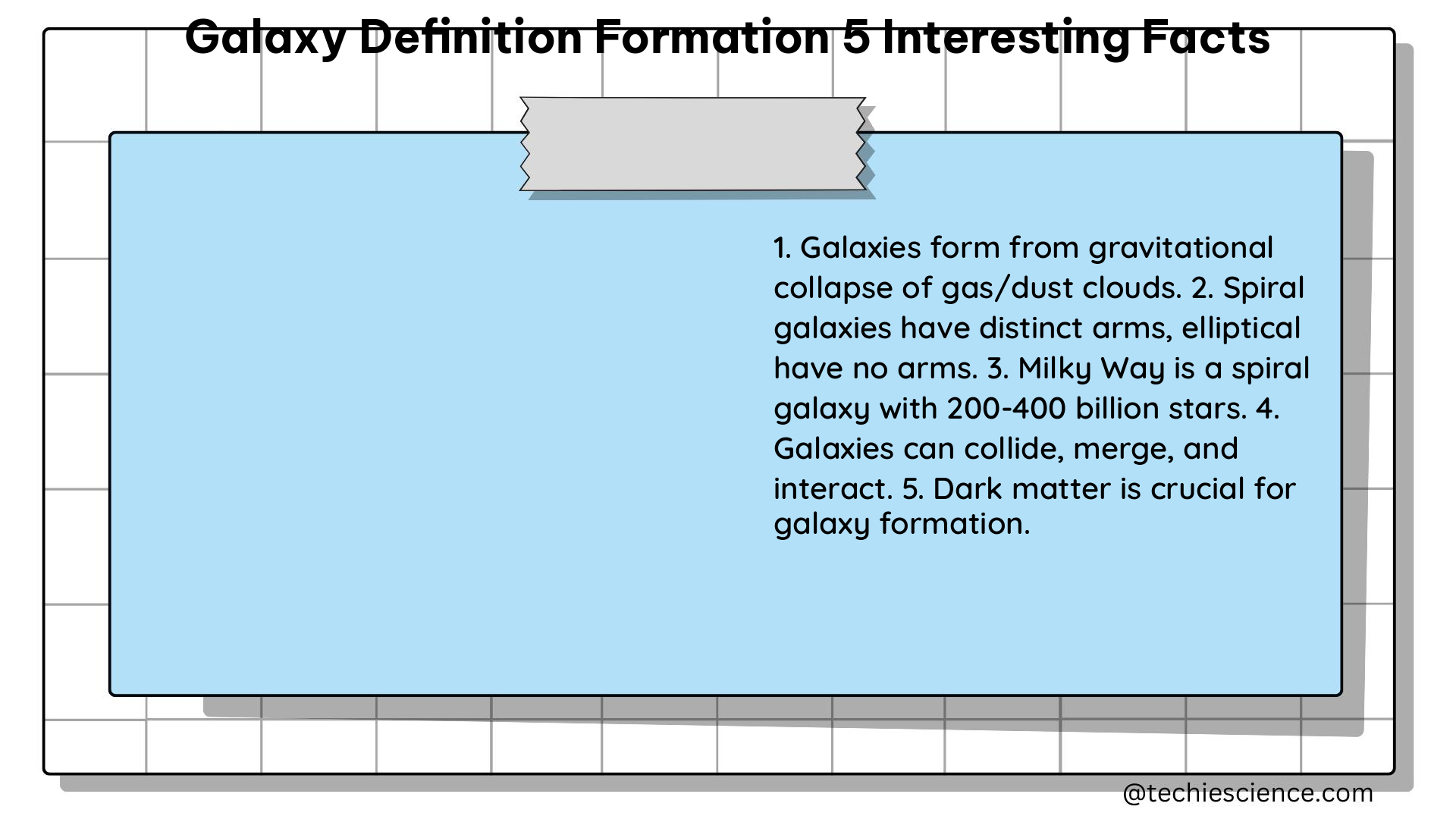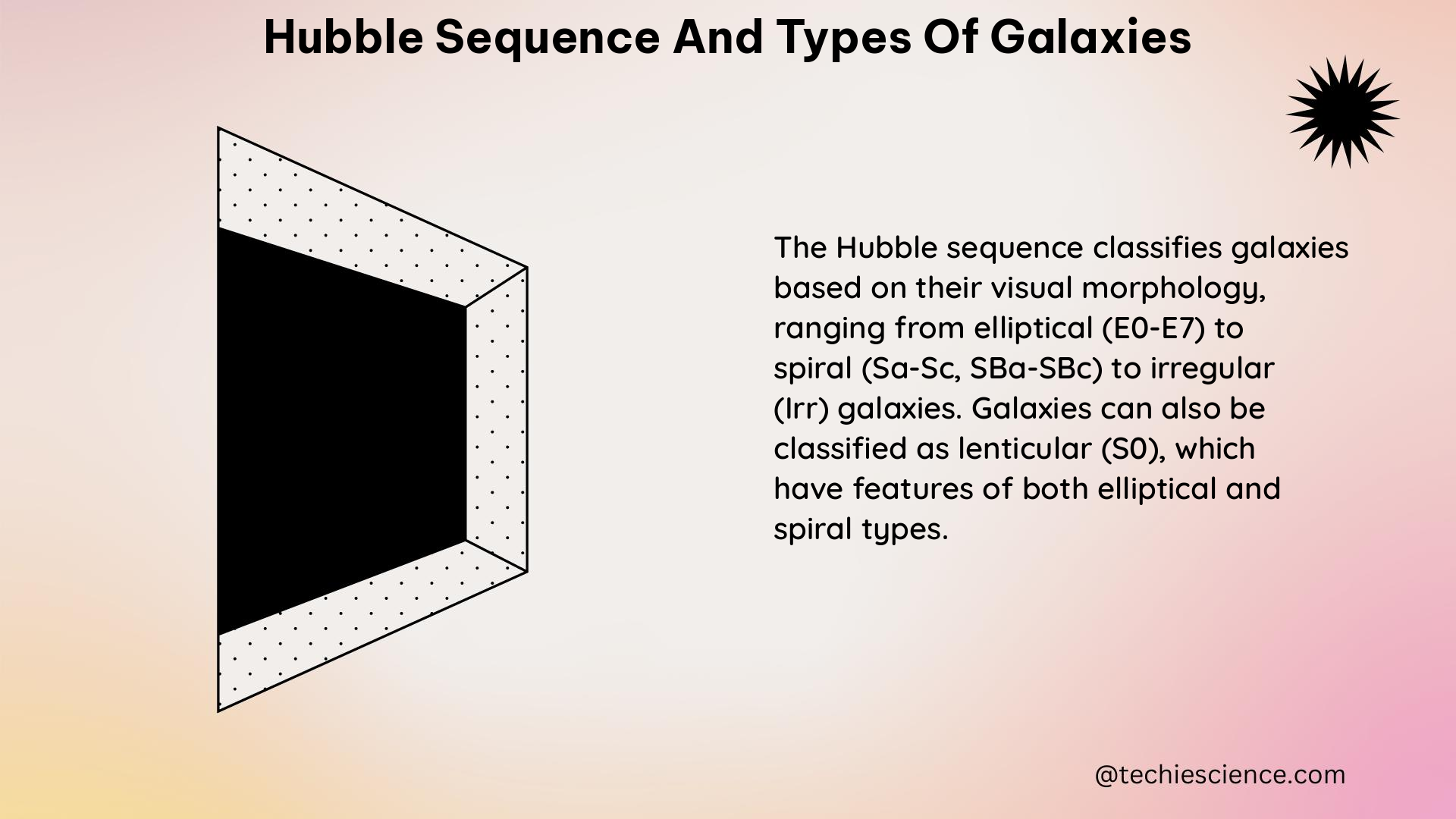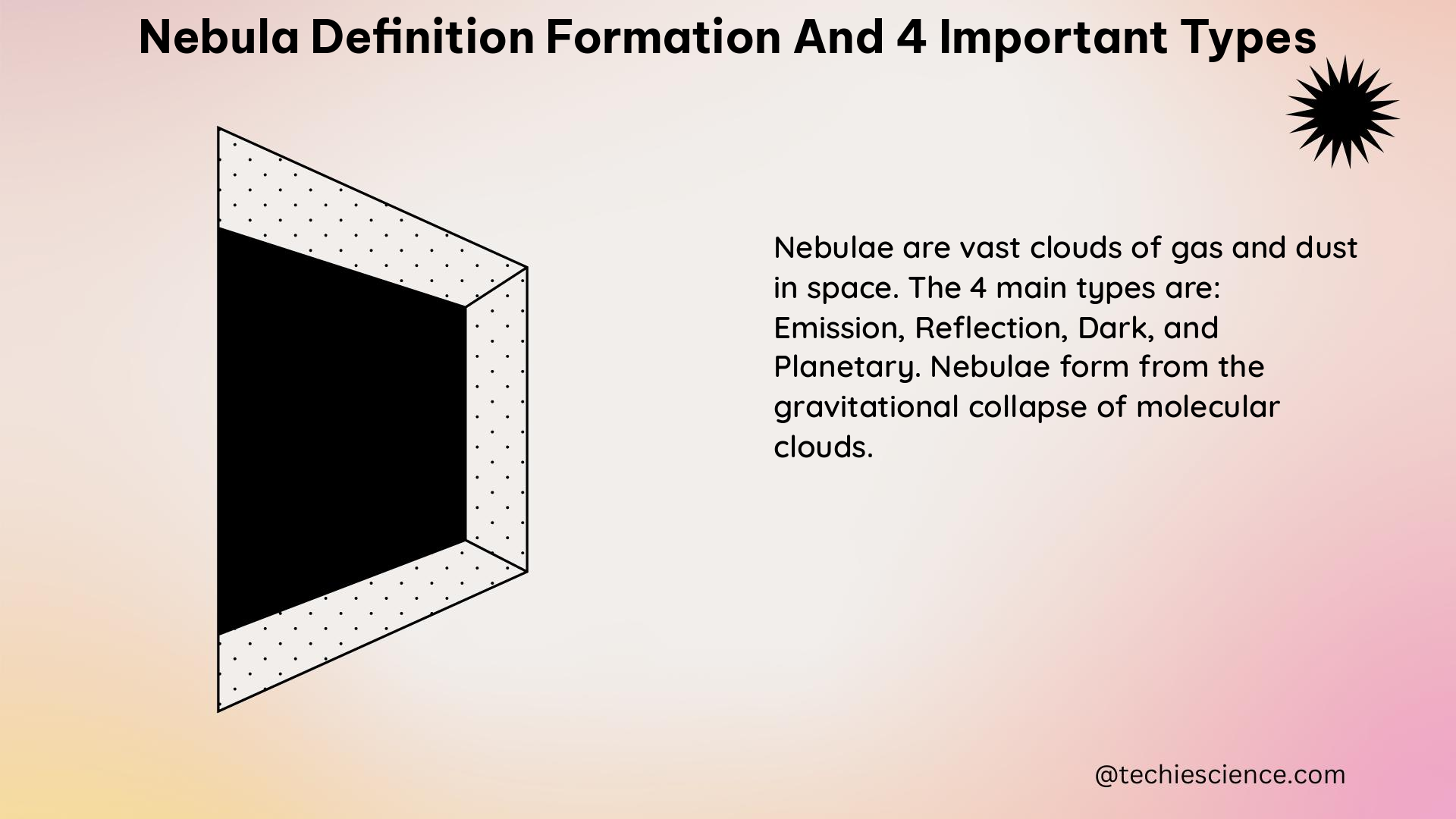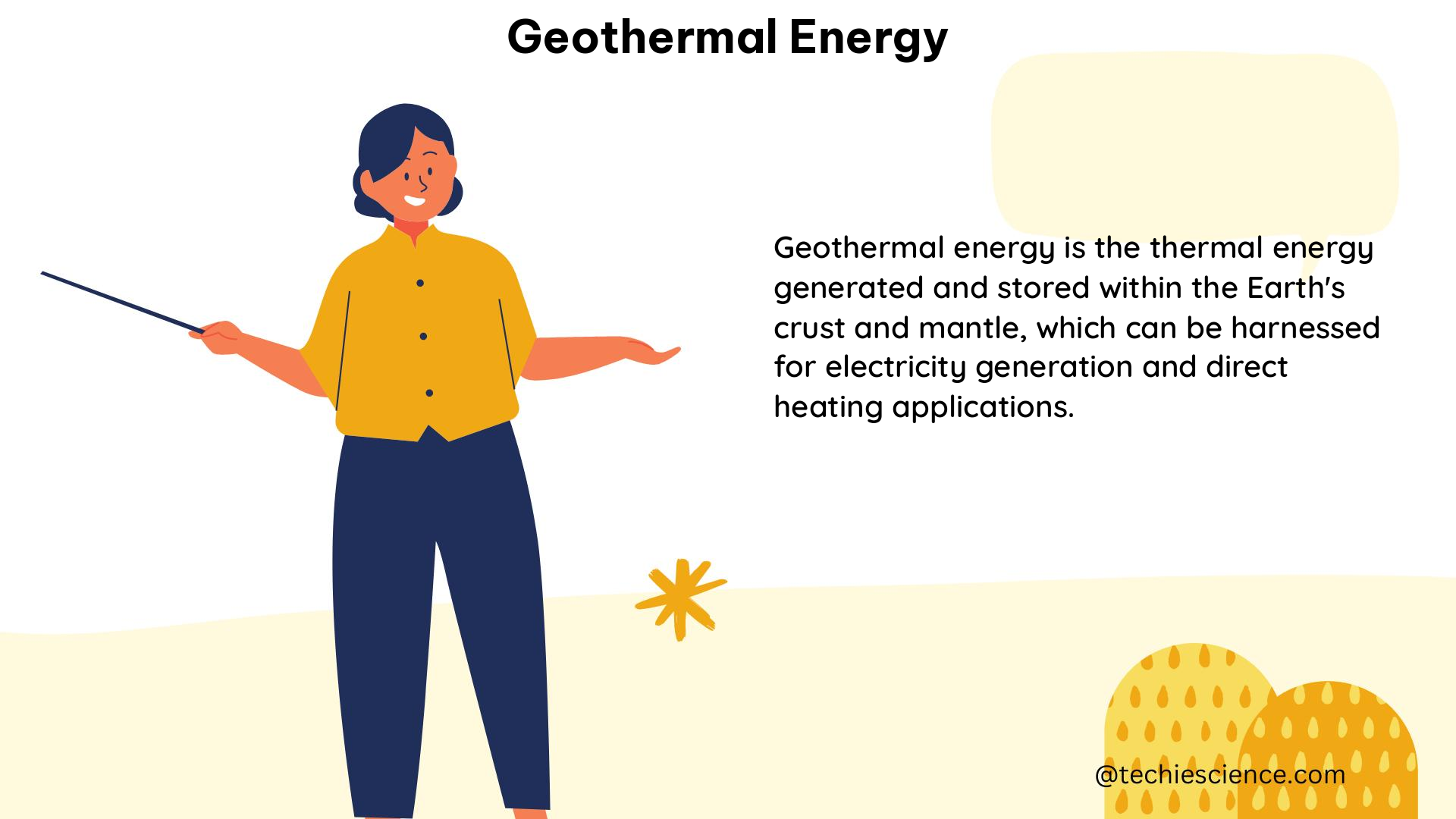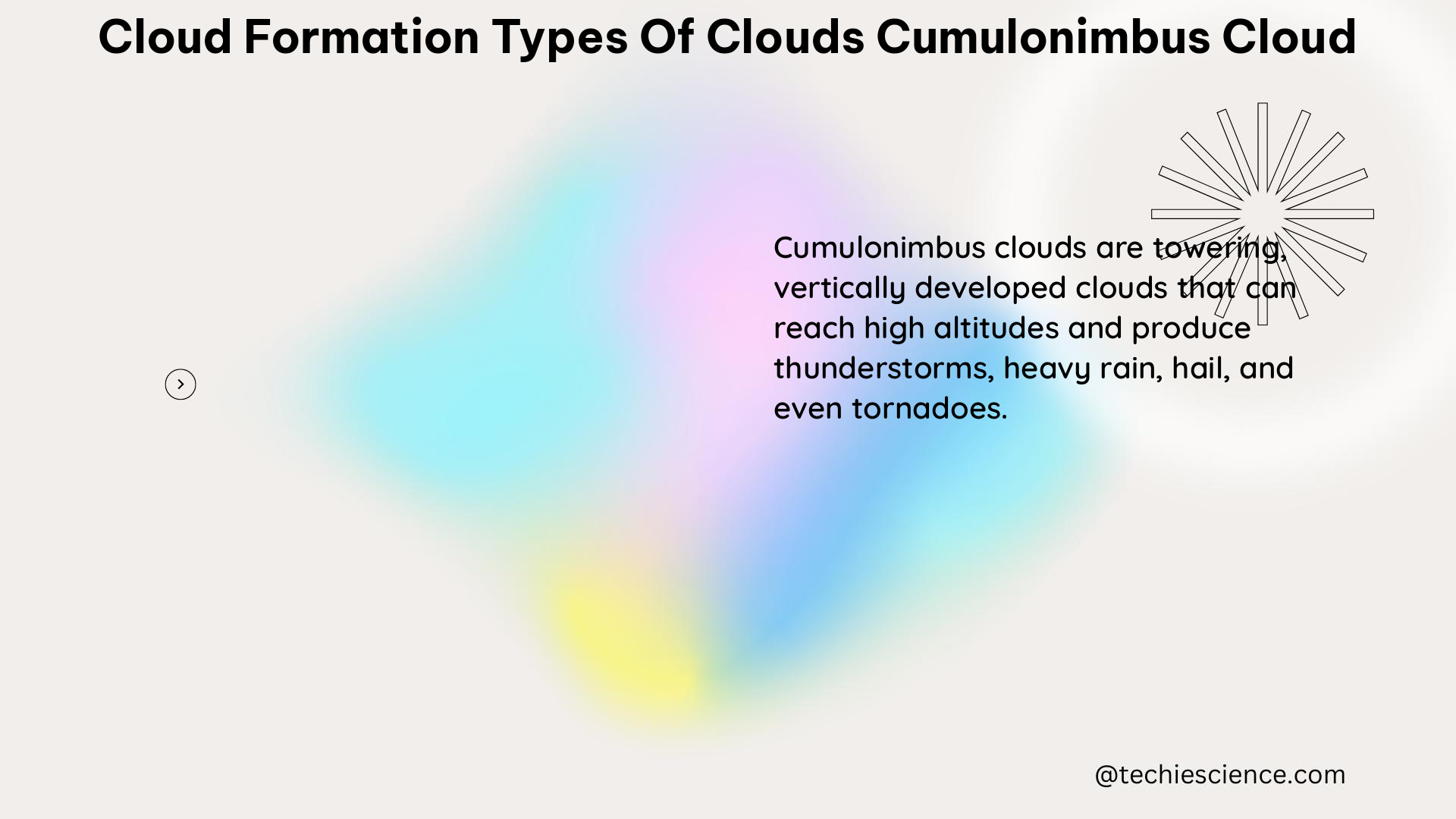Magnetic hysteresis, permeability, and retentivity are fundamental concepts in the study of magnetic materials, with far-reaching applications in various fields, including electronics, power generation, and magnetic data storage. This comprehensive guide delves into the technical details, theoretical explanations, and practical measurements of these crucial magnetic properties.
Magnetic Hysteresis Loop
The magnetic hysteresis loop is a graphical representation of the relationship between the magnetic flux density (B) and the applied magnetic field strength (H) in a magnetic material. This loop provides valuable insights into the energy dissipation, magnetic memory, and overall behavior of the material.
Hysteresis Loop Parameters
- Flux Density (B): Measured in Teslas (T), this parameter represents the magnetic field intensity within the material.
- Magnetic Field Strength (H): Measured in Amperes per Meter (A/m), this parameter represents the external magnetic field applied to the material.
- Energy Loss per Cycle (E/cycle): Measured in Joules (J), this parameter quantifies the energy dissipated during each magnetization cycle.
- Power Loss (P): Measured in Watts (W), this parameter represents the power dissipated in the material due to the hysteresis effect.
Example Measurements: EDT39-3C85 Core
To illustrate the hysteresis loop parameters, let’s consider the measurements for an EDT39-3C85 core:
| Drive Amplitude | B max (T) | H max (A/m) | E/cycle (µJ) | P@100kHz (W) |
|---|---|---|---|---|
| 1 | 0.10 | 30 | 12.7 | 1.27 |
| 2 | 0.24 | 64 | 87.3 | 8.73 |
| 3 | 0.42 | 152 | 241.6 | 24.16 |
These measurements demonstrate the variation in the hysteresis loop parameters as the drive amplitude is increased, highlighting the energy dissipation and power loss characteristics of the material.
Permeability Calculation
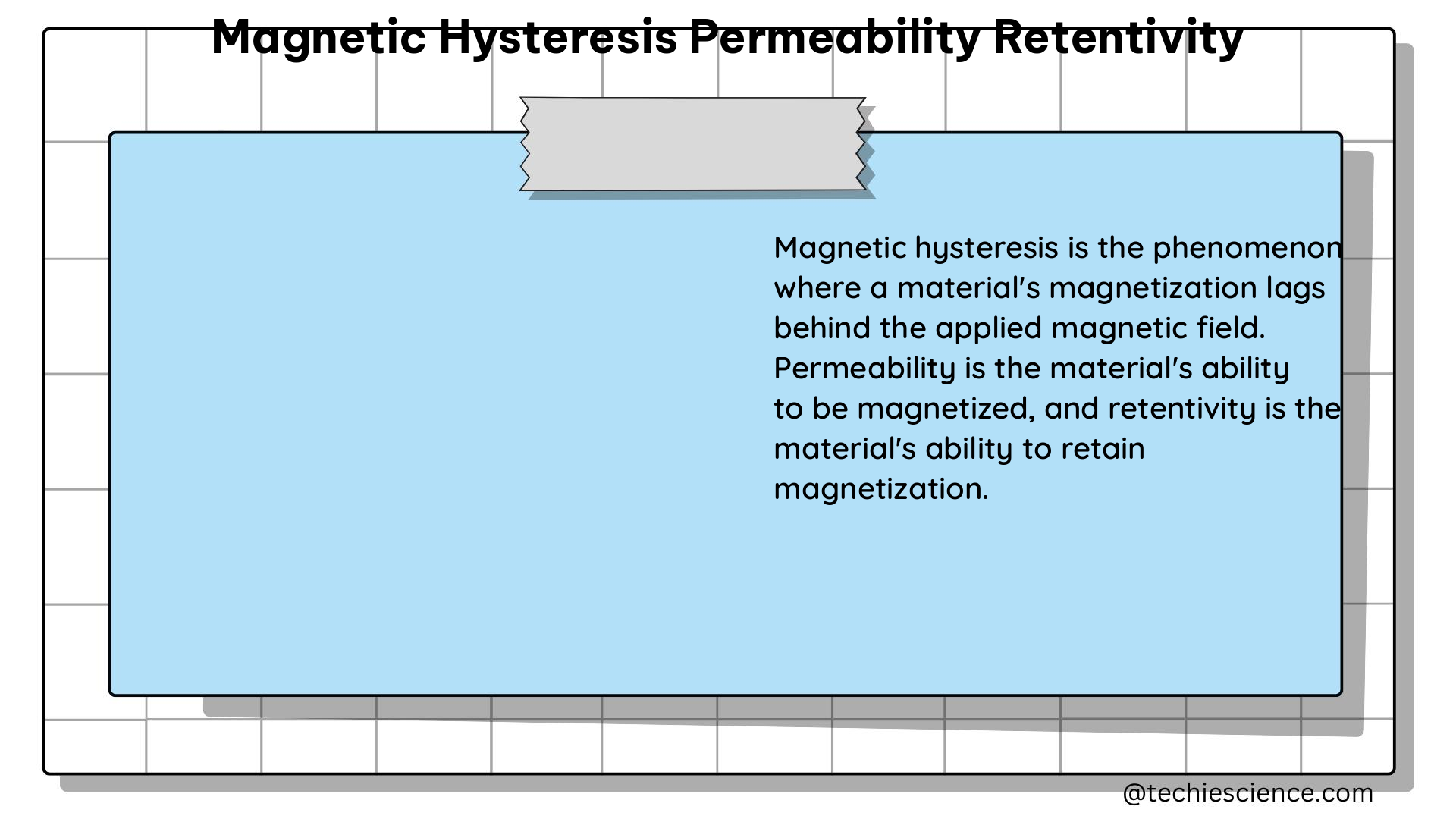
Permeability is a measure of the ability of a material to support the formation of a magnetic field within itself. The relative permeability (μr) is a dimensionless quantity that relates the magnetic flux density (B) to the applied magnetic field strength (H).
The relative permeability can be calculated using the following formula:
μr = (ΔB/ΔH)/4·π·10 -7
Where:
– μr is the relative permeability (dimensionless)
– ΔB is the change in magnetic flux density (T)
– ΔH is the change in magnetic field strength (A/m)
– 4·π·10 -7 is the permeability of free space (H/m)
Example values of relative permeability for the EDT39-3C85 core:
– Continuous Mode: μr = 2344
– Discontinuous Mode: μr = 2828
These values demonstrate the material’s ability to concentrate the magnetic flux within itself, which is a crucial property in various electromagnetic applications.
Retentivity (Remanence)
Retentivity, also known as remanence, is the ability of a magnetic material to retain its magnetization after the external magnetic field has been removed. This property is essential in the design of permanent magnets and magnetic memory devices.
Measurement of Retentivity
Retentivity can be measured by observing the residual magnetism in a material after the external magnetic field is removed. This can be done by using a hysteresisgraph, which measures the magnetic flux density (B) as a function of the applied magnetic field strength (H).
Technical Specifications: TXEMM-BH01 Hysteresisgraph
The TXEMM-BH01 Hysteresisgraph is a specialized instrument used to measure the magnetic hysteresis properties of materials. Some key specifications of this device include:
- Frequency Range: DC to 1 kHz
- ASTM Standards: ASTM A342, ASTM A343, ASTM A773, ASTM A977
- Sample Preparation: Ring-shaped samples with primary and secondary coils to ensure a magnetic close circuit
Theoretical Explanation
To further understand the concepts of magnetic hysteresis, permeability, and retentivity, let’s explore the underlying theoretical principles.
Magnetic Flux Density (B)
The magnetic flux density (B) is related to the applied magnetic field strength (H) and the permeability (μ) of the material through the following equation:
B = μH
Where:
– B is the magnetic flux density (T)
– H is the magnetic field strength (A/m)
– μ is the permeability of the material (H/m)
Magnetic Field Strength (H)
The magnetic field strength (H) is determined by the number of turns (N) in the coil, the current (I) flowing through the coil, and the length (l) of the coil:
H = NI/l
Where:
– H is the magnetic field strength (A/m)
– N is the number of turns in the coil
– I is the current flowing through the coil (A)
– l is the length of the coil (m)
Permeability of Free Space (μ0)
The permeability of free space (μ0) is a fundamental physical constant that represents the ability of the vacuum to support a magnetic field. Its value is:
μ0 = 4·π·10 -7 H/m
This constant is used in the calculation of relative permeability (μr) and other magnetic properties.
References
- Quantitative Analysis of Magnetic Hysteresis: https://agupubs.onlinelibrary.wiley.com/doi/full/10.1029/2009GC002932
- Magnetic Hysteresis Loop Measurements: https://meettechniek.info/passive/magnetic-hysteresis.html
- Measuring, Processing, and Analyzing Hysteresis Data: https://agupubs.onlinelibrary.wiley.com/doi/10.1029/2018GC007620
